This is a how to guide to mod your ECU to raise the rev limiter using a process called overclocking. It’s a cheap and easy way to raise the rev limiter if you’re on a budget.
It should work on most DENSO ECUs (from late 80’s to early 00’s), but because you are playing around with delicate electronics, there are obviously risks involved.
I have done this mod on my Sirion to raise the limiter from 7500 to 7700 rpm, and @evilhighway has done this on his franken-motor to raise the limiter from 5500 to 8000 rpm. Both cases have been successful.
It works like this; The ECU calculates RPM by comparing the signal from the crank sensor against time. To do this the ECU needs some kind of internal clock, and this is achieved by using a quartz crystal that oscillates at a specific frequency.

If you replace this crystal with one of a higher frequency, you are basically speeding up the internal clock in the ECU (overclocking). This means the ECU thinks engine RPM is lower than it actually is.
There are of course disadvantages, for example in the diagram above when the actual engine speed is 8000rpm the ECU thinks it’s only doing 7000rpm, this means the ECU is delivering the appropriate amount of fuel and ignition timing for 7000rpm. For this reason it is advised not to overclock the ECU more than 10%, so that the ECU is still able to trim the fuel in closed-loop (idle, part throttle, where the fuel is trimmed according to information from the o2 sensor) and it is also recommended to increase fuel pressure so the engine doesn’t lean out in open-loop (full throttle, full load, ECU uses a pre-defined map and ignores information from the o2 sensor). Having said that, Evilhighway managed to overclock his ecu by 35%, so anything is possible.
- Remove your ECU from the car and remove the ECU casing.
https://livetodai.com/t/workshop-manuals/52 - Locate the quartz crystal on the board and write down the frequency.
- Head on down to your local Radio Shack or Tandy and see what crystals they have available at a higher frequency. The difference in percentage will be the percentage the limiter will be raised by. E.g. if the original crystal is 6 MHz then installing a 6.144 MHz crystal would raise the rev limiter 2.4% (7500rpm limit would now be 7700)
- Carefully unsolder the old crystal from the board
- Now you have 2 options, you can either solder 2 wires to the board going to a switch with both crystals, then you can choose between the 2 different limits, or you can solder the new crystal directly to the board.
- Re-install the ecu and enjoy

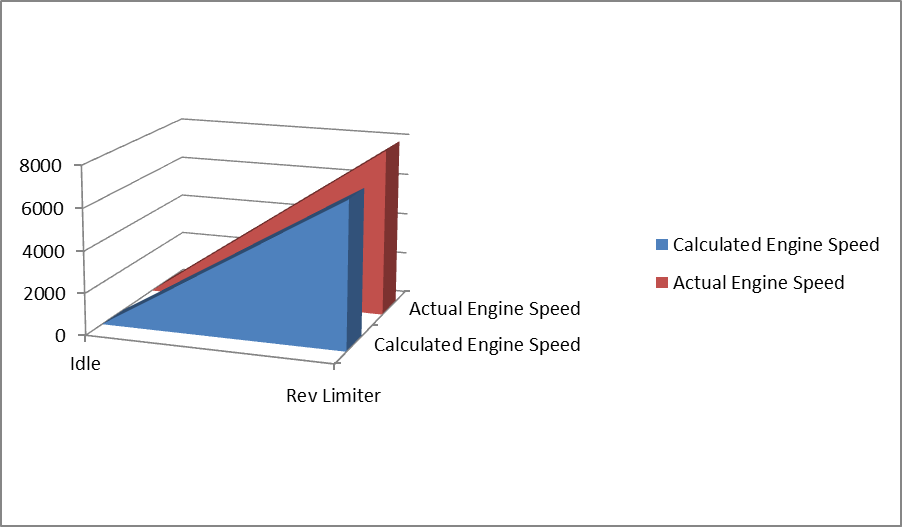
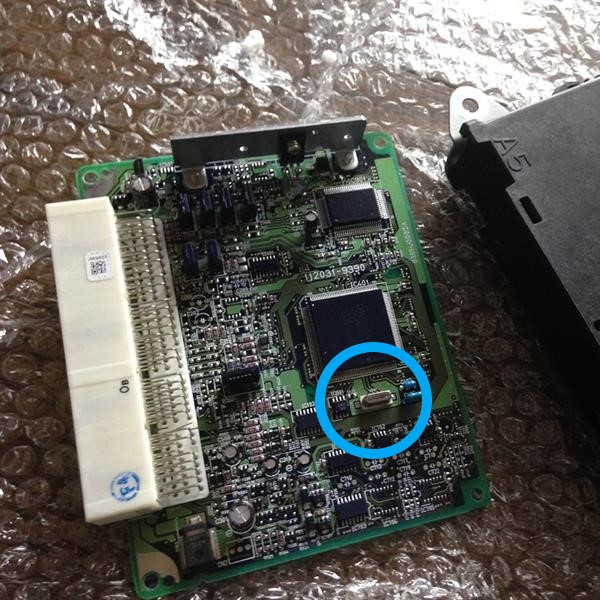
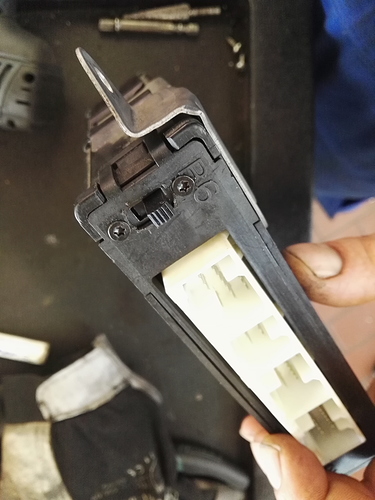
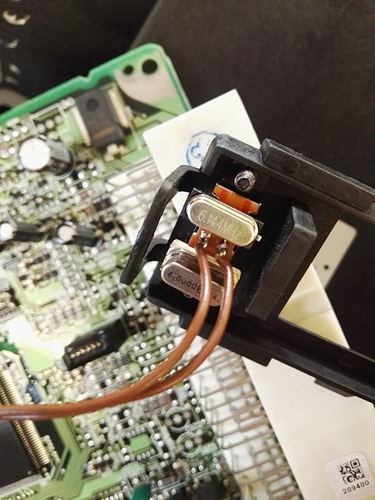
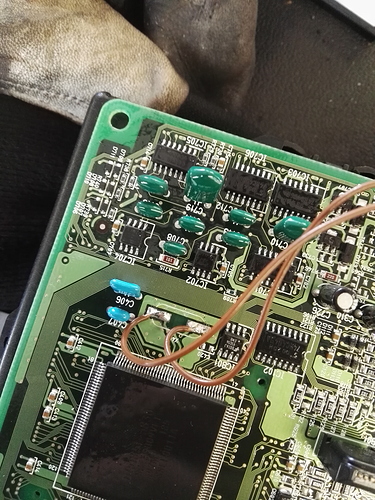
 On a delco 808 it measures the resistance in the oxy sensor to change the injector timing.
On a delco 808 it measures the resistance in the oxy sensor to change the injector timing.